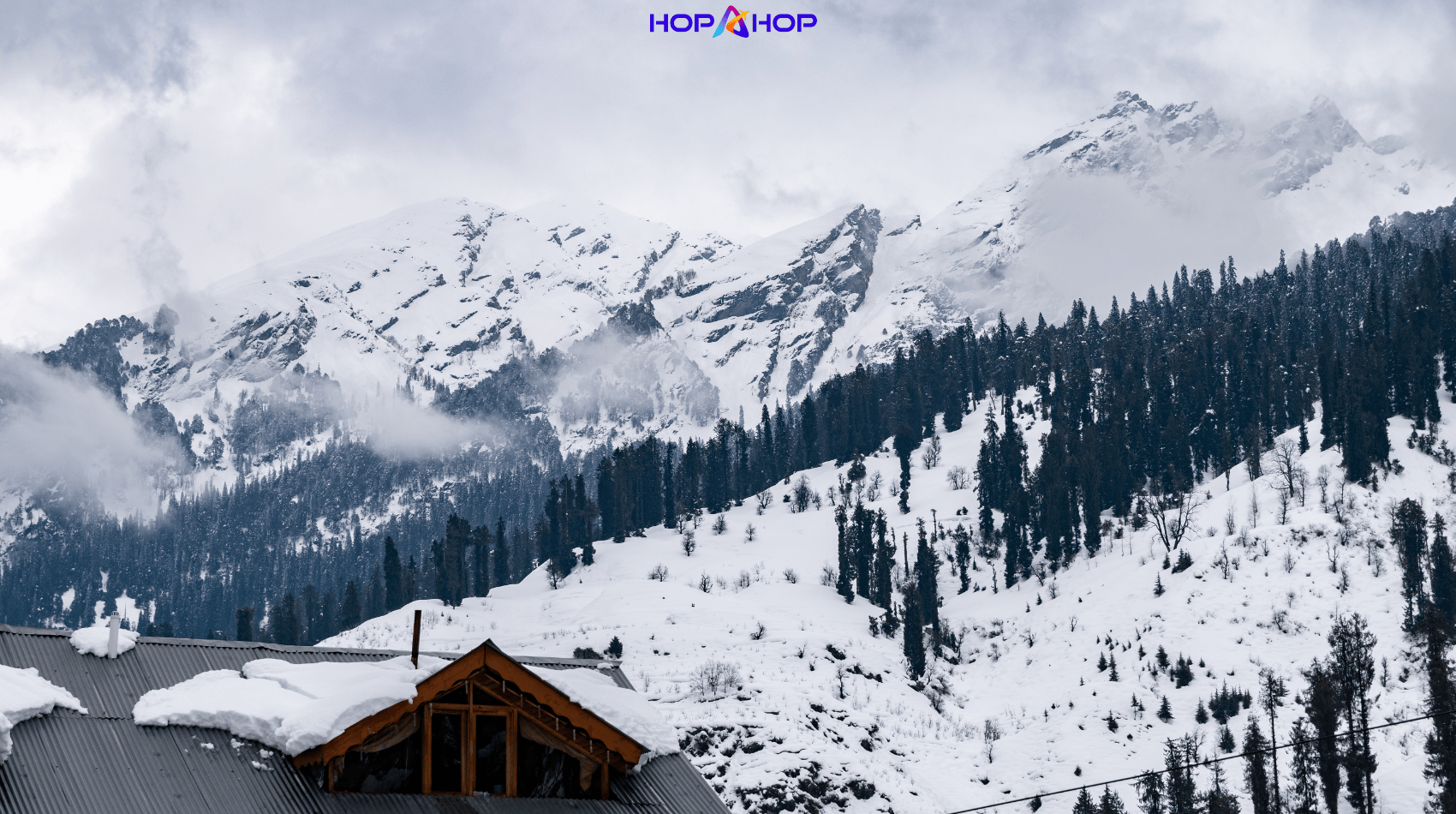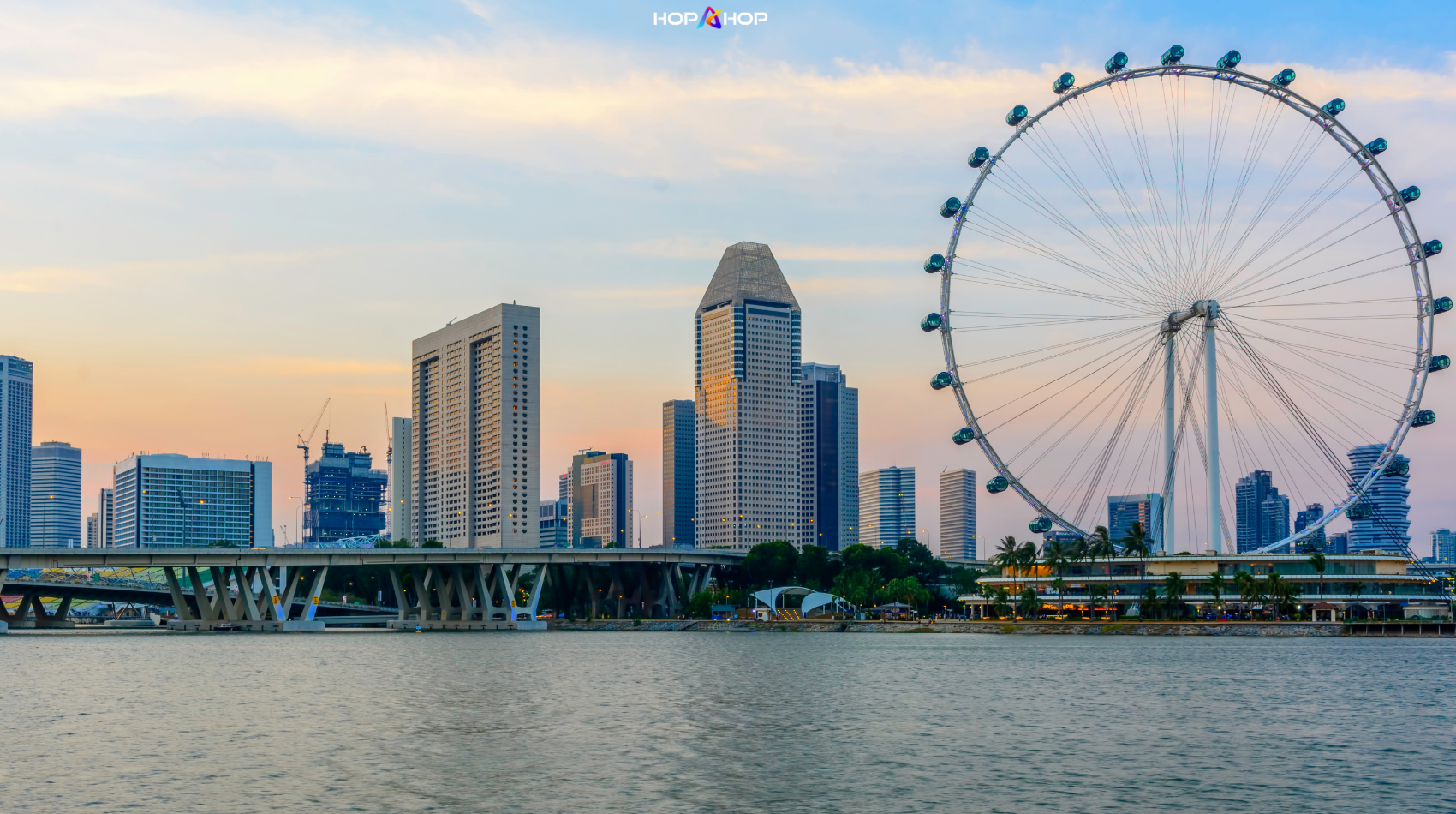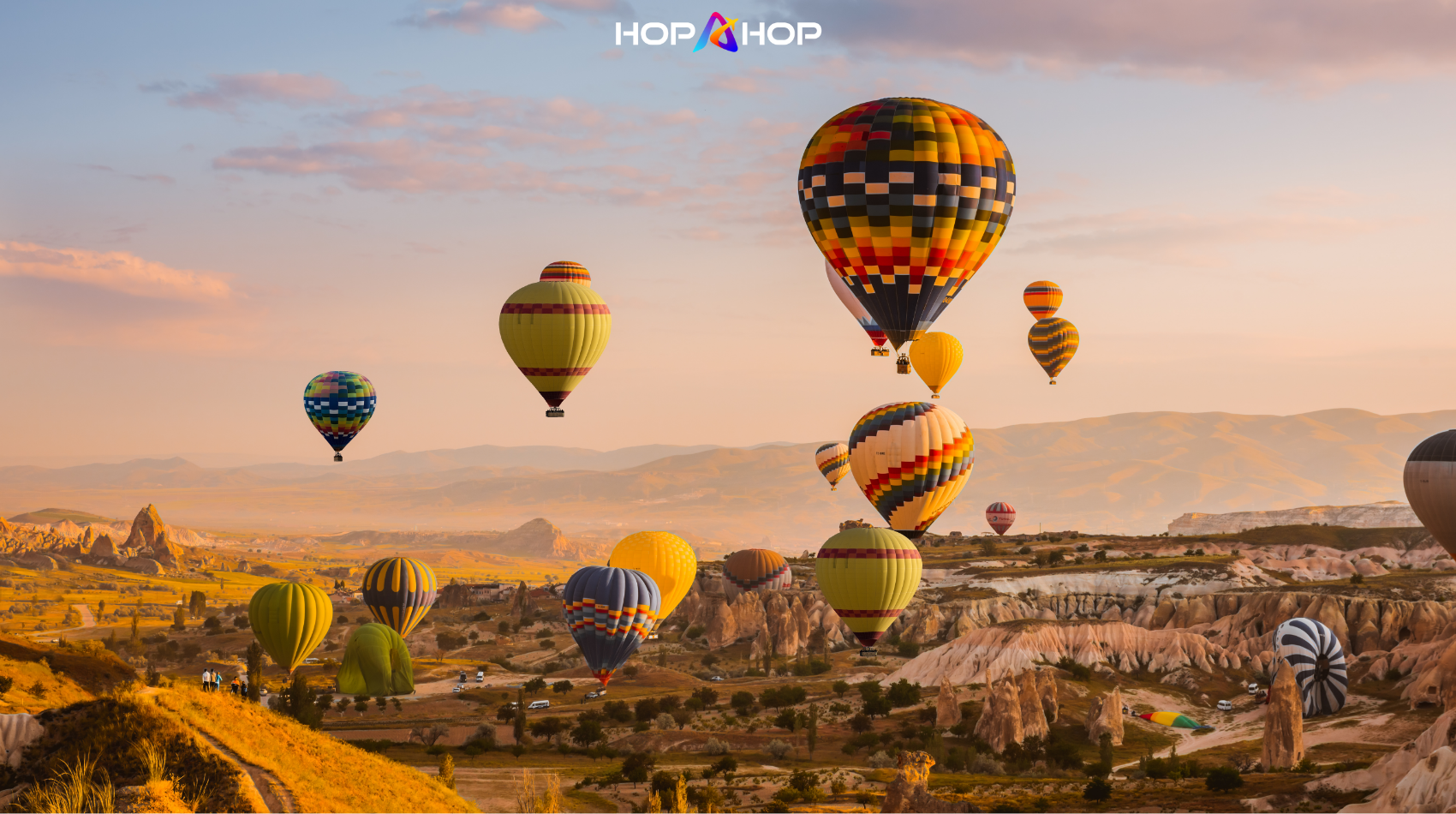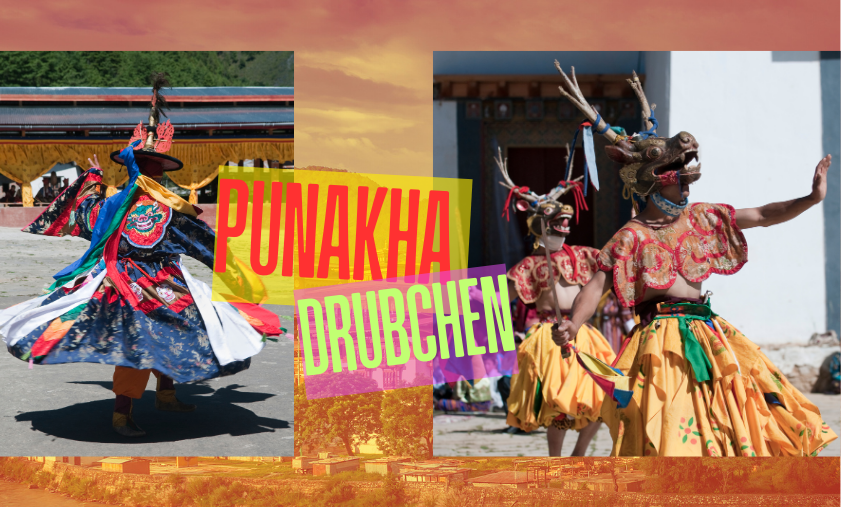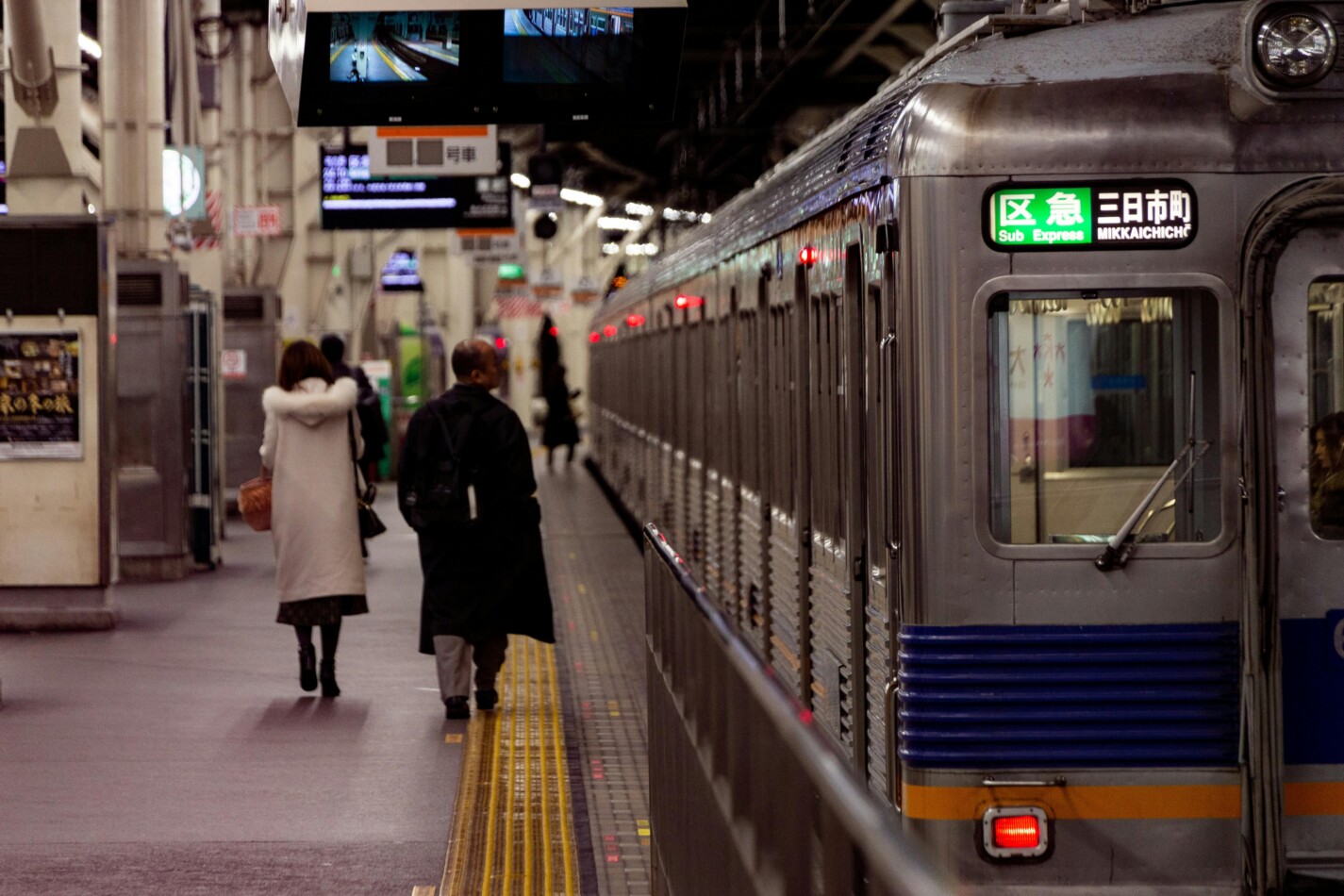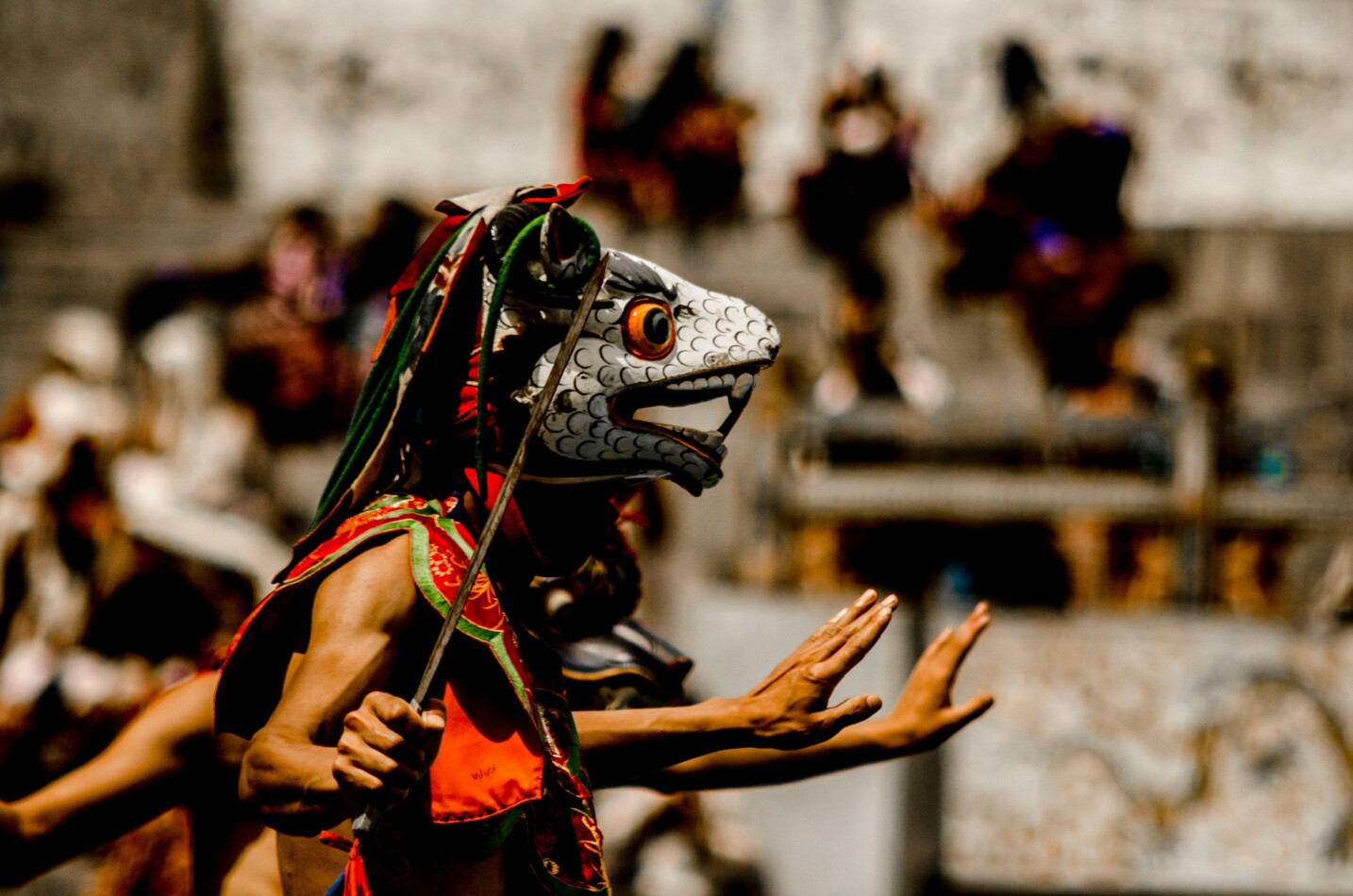Top Places to See Snowfall in India: A Winter Wonderland Guide
India is home to diverse landscapes, and when winter comes, some regions transform into a snowy paradise. If you’re a winter enthusiast or simply looking for a magical getaway, India offers several top destinations to experience snowfall. From the majestic Himalayan ranges to the charming hill stations, here are some of the best places to see snowfall in India.
1. Gulmarg, Jammu & Kashmir
Known as the “Meadow of Flowers” in summer, Gulmarg turns into a snowy haven during the winter months. Located in the Pir Panjal mountain range, Gulmarg is famous for its skiing slopes and beautiful snow-covered landscapes. The Gondola ride offers a panoramic view of the snow-clad mountains, making it an ideal destination for winter sports and snow lovers alike.
Best time to visit: December to February
2. Manali, Himachal Pradesh
A popular destination for both adventure enthusiasts and those seeking tranquility, Manali is a winter wonderland during the snow season. Located in the Kullu Valley, it offers everything from skiing to snowboarding, along with breathtaking views of snow-capped peaks like the Rohtang Pass. The town’s charming streets covered in a blanket of snow make it a must-visit spot for winter travelers.
Best time to visit: December to March
3. Shimla, Himachal Pradesh
As the capital of Himachal Pradesh, Shimla is one of India’s most well-known hill stations and a favorite for snowfall seekers. During the winter season, Shimla is covered with thick layers of snow, creating a picturesque scene straight out of a fairy tale. The Ridge, Mall Road, and Jakhoo Temple are popular spots to enjoy the winter chill and snow.
Best time to visit: December to February
4. Leh-Ladakh, Jammu & Kashmir
The stark and barren beauty of Leh-Ladakh is transformed into a magical snowy landscape during the winter months. While the cold is intense, the experience of snow-covered monasteries, frozen lakes, and high-altitude mountains is one-of-a-kind. For those seeking adventure, Leh also offers winter biking tours.
Best time to visit: November to March
5. Auli, Uttarakhand
If you’re a fan of skiing, Auli is the perfect destination for you. Known as the skiing capital of India, Auli offers stunning views of the snow-covered Nanda Devi and other Himalayan peaks. During winter, it transforms into a beautiful snow-covered landscape that attracts snow sports lovers and nature enthusiasts alike.
Best time to visit: December to February
6. Nainital, Uttarakhand
Located in the foothills of the Kumaon region, Nainital is famous for its beautiful lake and surrounding mountains. During winter, the town is often blanketed in snow, making it a picturesque destination for families, honeymooners, and nature lovers. The nearby Snow View Point offers panoramic views of the town and the snow-capped peaks.
Best time to visit: December to February
7. Spiti Valley, Himachal Pradesh
Often referred to as the “Middle Land,” Spiti Valley offers some of the most remote and snow-covered landscapes in India. Known for its Buddhist monasteries and high-altitude deserts, the valley transforms into a serene white world during the winter months. Adventurers looking for a unique winter experience should definitely include Spiti Valley on their list.
Best time to visit: December to March
8. Darjeeling, West Bengal
While Darjeeling is more popular for its tea gardens and colonial charm, the town also experiences snowfall during the winter. The view of the Kanchenjunga, covered in snow, is a spectacular sight. The Toy Train ride through the snowy landscape adds to the town’s charm, making it a favorite for winter tourists.
Best time to visit: December to February
9. Kullu, Himachal Pradesh
Kullu, located in the heart of Himachal Pradesh, offers an offbeat winter escape. Known for its scenic beauty, the town experiences snowfall from December to February, making it a great destination for those who love winter and snow-covered peaks. The nearby Solang Valley is also known for its winter sports activities.
Best time to visit: December to February
10. Munsiyari, Uttarakhand
Nestled in the Pithoragarh district of Uttarakhand, Munsiyari is a hidden gem for snowfall lovers. Surrounded by the majestic peaks of the Kumaon Himalayas, Munsiyari offers an untouched and peaceful snow experience. Whether you’re trekking or simply enjoying the view, Munsiyari is a great place to witness the beauty of winter.
Best time to visit: December to February
Conclusion
India offers a range of stunning destinations to experience snowfall, each with its unique charm and beauty. Whether you’re looking for adventure sports, a peaceful retreat, or a picturesque winter landscape, these places will surely make your winter vacation magical. So, pack your bags and get ready to explore the best snowfall destinations in India for an unforgettable winter experience!
Read more
